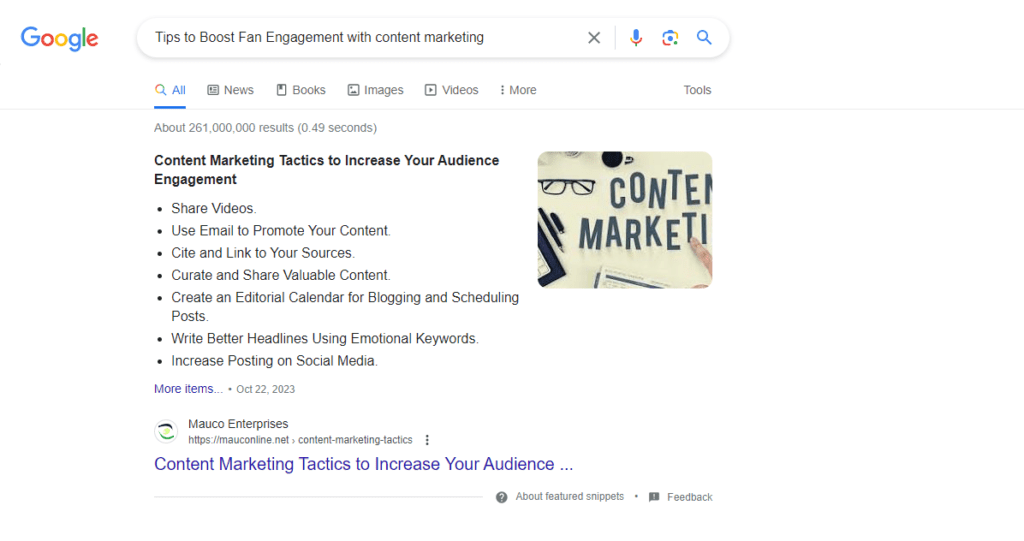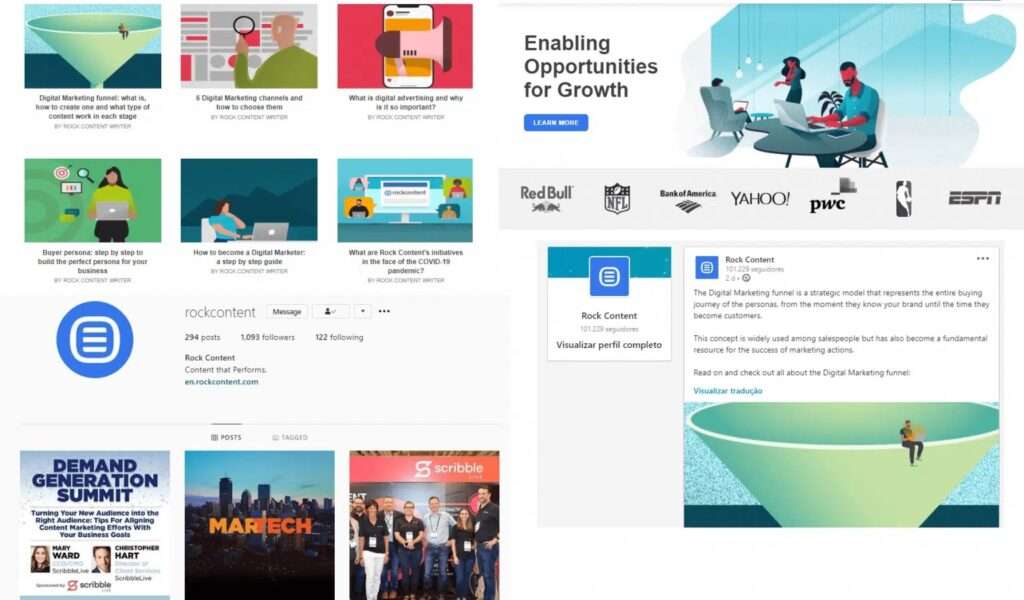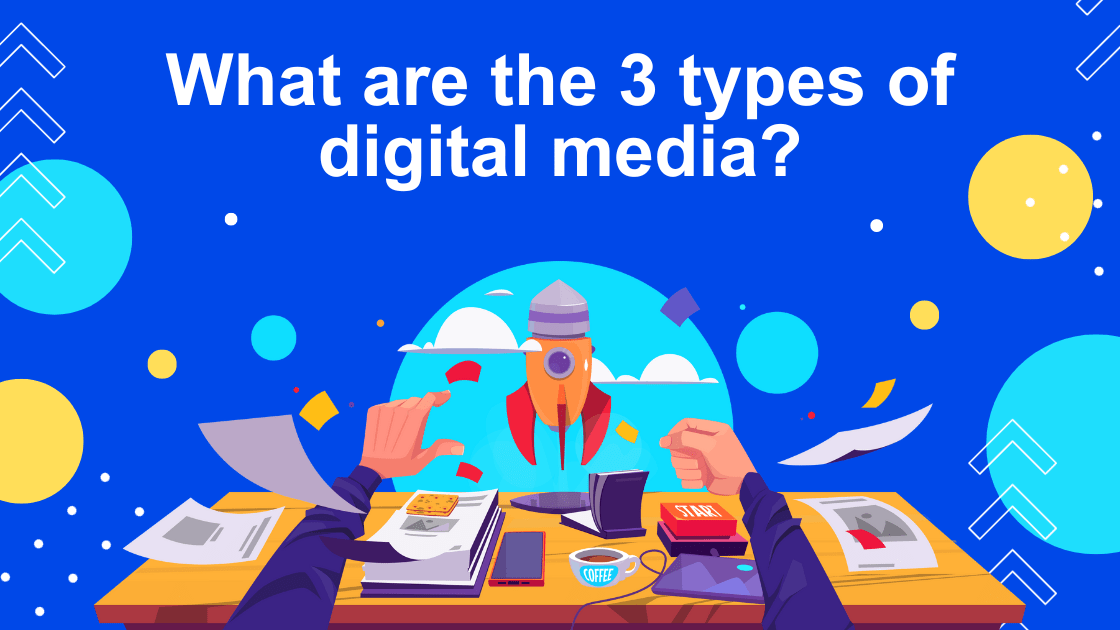Earned Media: The Power of Free Publicity
In today’s digital age, businesses are constantly seeking ways to increase brand awareness, drive traffic, and ultimately, boost revenue. One of the most effective ways to achieve these goals is through earned media, which refers to the unpaid press coverage or publicity a brand receives from a third party. In this article, we will explore the concept of earned media, its benefits, and best practices for leveraging it to achieve business success.

What is Earned Media?
Earned media, also known as free media or publicity, is any material written about a brand or business that they haven’t paid for or created themselves. It is generated by third-party sources, such as journalists, bloggers, influencers, or customers, who share their experiences, opinions, or recommendations about a brand or its products or services. Earned media can take many forms, including news articles, blog posts, social media mentions, reviews, and word-of-mouth recommendations.
Benefits of Earned Media
Earned media offers several benefits for businesses, including:
- Increased Credibility: Earned media is perceived as more credible and trustworthy than paid media, as it is generated by independent third-party sources who have no vested interest in promoting the brand.
- Greater Reach: Earned media can reach a wider audience than paid media, as it is often shared and amplified by the audience themselves, leading to increased brand awareness and exposure.
- Cost-Effective: Earned media is free, making it a cost-effective way for businesses to generate publicity and drive traffic.
- Improved SEO: Earned media can improve a brand’s search engine ranking, as it generates backlinks to the brand’s website, which signals to search engines that the brand is authoritative and trustworthy.
Best Practices for Leveraging Earned Media
To leverage earned media effectively, businesses should follow these best practices:
- Build Relationships with Journalists and Influencers: Building relationships with journalists and influencers in the industry can increase the likelihood of getting coverage and mentions in their publications or social media channels.
- Create Shareable Content: Creating shareable content that resonates with the audience can increase the chances of it being shared and amplified by the audience, leading to increased brand exposure and traffic.
- Monitor Brand Mentions: Monitoring brand mentions on social media, review sites, and other online platforms can help businesses identify opportunities for engagement and respond to customer feedback and concerns.
- Encourage User-Generated Content: Encouraging customers to share their experiences and opinions about the brand or its products or services can generate user-generated content, which can be leveraged for earned media opportunities.
- Leverage Influencer Marketing: Partnering with influencers who have a large following and influence in the industry can increase the chances of getting coverage and mentions in their social media channels or blogs.
Examples of Successful Earned Media Campaigns
Here are some examples of successful earned media campaigns:
- Dove’s Real Beauty Campaign: Dove’s Real Beauty campaign, which featured real women of all shapes, sizes, and ages, generated significant earned media coverage and positive social media buzz, leading to increased brand awareness and sales.
- Oreo’s Super Bowl Tweet: Oreo’s Super Bowl tweet, which read “You can still dunk in the dark,” during a power outage at the Super Bowl, generated significant earned media coverage and social media buzz, leading to increased brand exposure and sales.
- Airbnb’s “We Accept” Campaign: Airbnb’s “We Accept” campaign, which featured a video showcasing the brand’s commitment to diversity and inclusion, generated significant earned media coverage and positive social media buzz, leading to increased brand awareness and bookings.
Earned media is a powerful tool for businesses to generate free publicity, increase brand awareness, and drive traffic. By following best practices for leveraging earned media, businesses can build credibility, reach a wider audience, and achieve business success. Successful earned media campaigns require creativity, authenticity, and a deep understanding of the audience and their needs and preferences. By investing in earned media, businesses can achieve long-term success and build a loyal customer base.
Owned Media: The Power of Controlled Content
Owned media is a critical component of a comprehensive digital marketing strategy, encompassing the digital marketing channels that a company exercises complete control over. This includes the brand’s website, blog, social media profiles, email newsletters, and other digital properties. In this article, we will delve into the concept of owned media, its significance, and best practices for leveraging it to achieve business success.

Understanding Owned Media
Owned media refers to the set of communication channels and content that an entity has complete control over. It includes properties such as websites, blogs, email newsletters, forums, and social media profiles. Unlike earned or paid media, owned media provides businesses with full autonomy over the content and messaging they distribute, allowing them to curate the narrative and share it as they see fit.
Types of Owned Media Channels
- Websites: A company’s website serves as a central hub for owned media, providing a platform to showcase products, services, and brand messaging.
- Blogs: Company blogs are valuable owned media channels for sharing industry insights, thought leadership, and engaging content with the audience.
- Email Campaigns: Email newsletters and campaigns are effective owned media tools for delivering targeted messaging and nurturing customer relationships.
- Social Media Profiles: Social media platforms provide businesses with owned media channels to engage with their audience, share content, and build brand awareness.
Benefits of Owned Media
- Control and Flexibility: Owned media provides businesses with complete control over content creation, distribution, and messaging, allowing for flexibility in brand communication.
- Cost-Effective: Leveraging owned media is a cost-effective way for businesses to generate publicity, drive traffic, and engage with their audience.
- SEO and Brand Authority: Owned media contributes to search engine optimization (SEO) efforts and helps in establishing brand authority and credibility within the industry.
- Lead Generation and Conversions: Owned media channels, such as email campaigns and website content, are effective tools for lead generation and driving conversions.
Best Practices for Leveraging Owned Media
- Content Strategy: Developing a comprehensive content strategy that aligns with business goals and audience needs is crucial for leveraging owned media effectively.
- Consistent Branding: Maintaining consistent branding and messaging across owned media channels helps in reinforcing brand identity and recognition.
- Engaging Content Creation: Creating engaging and valuable content that resonates with the audience is essential for maximizing the impact of owned media.
- Audience Engagement: Encouraging audience engagement through owned media channels fosters a sense of community and strengthens customer relationships.
Examples of Successful Owned Media Strategies
- Website Content: A company’s website serves as a powerful owned media channel for showcasing products, services, and thought leadership content.
- Email Newsletters: Email campaigns and newsletters are effective owned media tools for delivering targeted messaging and nurturing customer relationships.
- Social Media Engagement: Leveraging social media platforms for owned media initiatives, such as sharing engaging content and fostering audience interaction.
owned media is a powerful tool for businesses to exercise complete control over their content and messaging, drive traffic, and engage with their audience. By following best practices for leveraging owned media, businesses can build brand authority, drive conversions, and achieve business success. Successful owned media strategies require a deep understanding of the audience and their needs, consistent branding, and engaging content creation. By investing in owned media, businesses can establish a strong online presence, drive customer engagement, and achieve long-term success.
Paid Media: The Power of Targeted Advertising
In today’s digital age, businesses are constantly seeking ways to reach their target audience and drive conversions. One of the most effective ways to achieve these goals is through paid media, which refers to the advertising channels that a brand pays for to promote its products or services. In this article, we will explore the concept of paid media, its benefits, and best practices for leveraging it to achieve business success.

Understanding Paid Media
Paid media refers to the advertising channels that a brand pays for to promote its products or services. It includes channels such as display ads, search engine marketing (SEM), social media advertising, video ads, radio ads, podcast ads, and advertorials and sponsored content. Unlike earned or owned media, paid media provides businesses with the ability to target specific audiences and measure the effectiveness of their advertising efforts.
Types of Paid Media Channels
- Display Ads: Display ads are visual ads that appear on websites, apps, or social media platforms.
- Search Engine Marketing (SEM): SEM involves placing ads on search engine results pages (SERPs) to drive traffic to a website.
- Social Media Advertising: Social media advertising involves placing ads on social media platforms to reach a specific audience.
- Video Ads: Video ads are ads that appear before, during, or after video content on websites, apps, or social media platforms.
- Radio Ads: Radio ads are audio ads that air on radio stations.
- Podcast Ads: Podcast ads are audio ads that air during podcast episodes.
- Advertorials and Sponsored Content: Advertorials and sponsored content are ads that appear in the form of editorial content on websites, apps, or social media platforms.
Benefits of Paid Media
- Targeted Advertising: Paid media allows businesses to target specific audiences based on demographics, interests, and behaviors, leading to increased relevance and engagement.
- Measurable Results: Paid media provides businesses with the ability to measure the effectiveness of their advertising efforts, allowing for optimization and improved ROI.
- Increased Brand Awareness: Paid media can increase brand awareness and exposure, leading to increased traffic and conversions.
- Flexibility: Paid media provides businesses with flexibility in terms of budget, ad format, and targeting options, allowing for customization and optimization of advertising efforts.
Best Practices for Leveraging Paid Media
- Define Your Target Audience: Defining your target audience based on demographics, interests, and behaviors is crucial for effective targeting and relevance.
- Set Clear Goals and KPIs: Setting clear goals and key performance indicators (KPIs) is essential for measuring the effectiveness of your advertising efforts and optimizing for improved ROI.
- Create Engaging Ad Content: Creating engaging and relevant ad content that resonates with the audience is crucial for driving engagement and conversions.
- Optimize for Conversions: Optimizing ad campaigns for conversions, such as sign-ups, downloads, or purchases, is essential for achieving business goals and maximizing ROI.
Examples of Successful Paid Media Campaigns
- Coca-Cola’s “Share a Coke” Campaign: Coca-Cola’s “Share a Coke” campaign, which featured personalized bottles with customers’ names, generated significant brand awareness and engagement through social media advertising.
- Dollar Shave Club’s Video Ads: Dollar Shave Club’s humorous and engaging video ads, which showcased the brand’s unique value proposition, contributed to increased brand awareness and conversions.
- Airbnb’s Sponsored Content: Airbnb’s sponsored content, which appeared in publications such as The New York Times and The Wall Street Journal, contributed to increased brand awareness and credibility.
Paid media is a powerful tool for businesses to reach their target audience, drive conversions, and achieve business success. By following best practices for leveraging paid media, businesses can create engaging and relevant ad content, target specific audiences, and measure the effectiveness of their advertising efforts. Successful paid media campaigns require a deep understanding of the audience, clear goals and KPIs, and optimization for conversions. By investing in paid media, businesses can achieve long-term success and drive growth.

